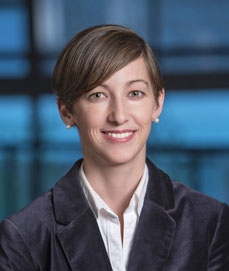By Lauren Salig
Dan Huh, the Wilf Family Term Assistant Professor in the Department of Bioengineering, focuses his research on creating organs-on-chips: specially manufactured micro-devices with human cells that mimic the natural cellular processes of organs. Huh’s lab has engineered chips that approximate the functioning of placentas and lung disease, some of which were launched into space in May. Most recently, Huh published a review of organ-on-a-chip technology in the journal Science with graduate students Sunghee Estelle Park and Andrei Georgescu.
The June 2019 issue of Science is a special issue centered around the science of growing human organ models in the laboratory. Such in vitro organs are known as organoids; they grow and develop much like organs do in the body, as opposed to Huh’s organs-on-chips, in which cells from the relevant organs are grown within a fabricated device that imitates some of the organ’s functions and natural environment.
In a video accompanying the review article, Huh explains how organoid and organ-on-a-chip technologies differ and the advantages that accompany each approach:
Unlike Organ-on-a-Chip, which are heavily engineered man-made systems, organoids allow us to mimic the complex of the human body in a more natural way. So organoids represent a more realistic model, but they have problems because they develop in a highly variable fashion and it’s not very easy to control their environment. So we think that Organ-on-a-Chip Technology is a promising solution to many of these problems.
Read Huh, Park, and Georgescu’s review article at Science.
Originally posted on the Penn Engineering Medium blog.

